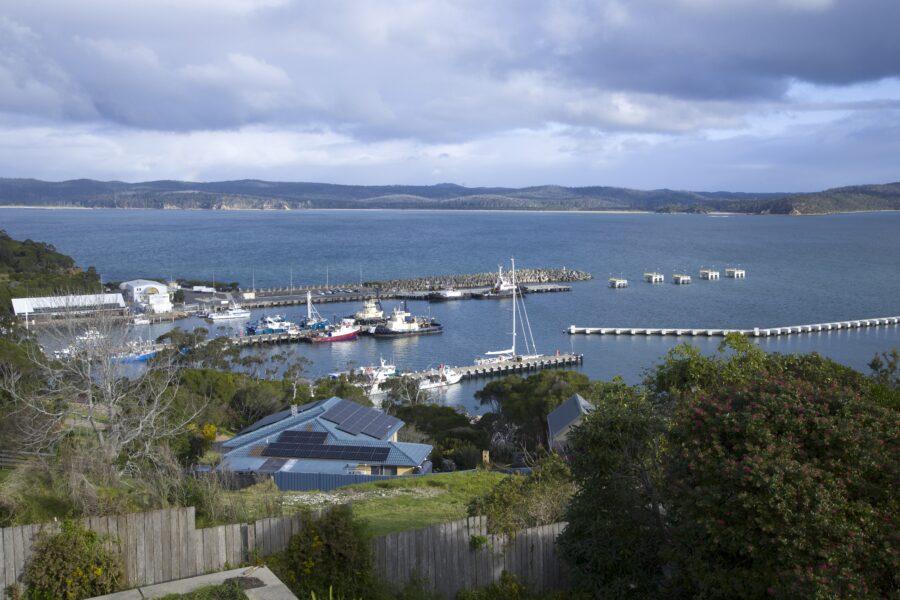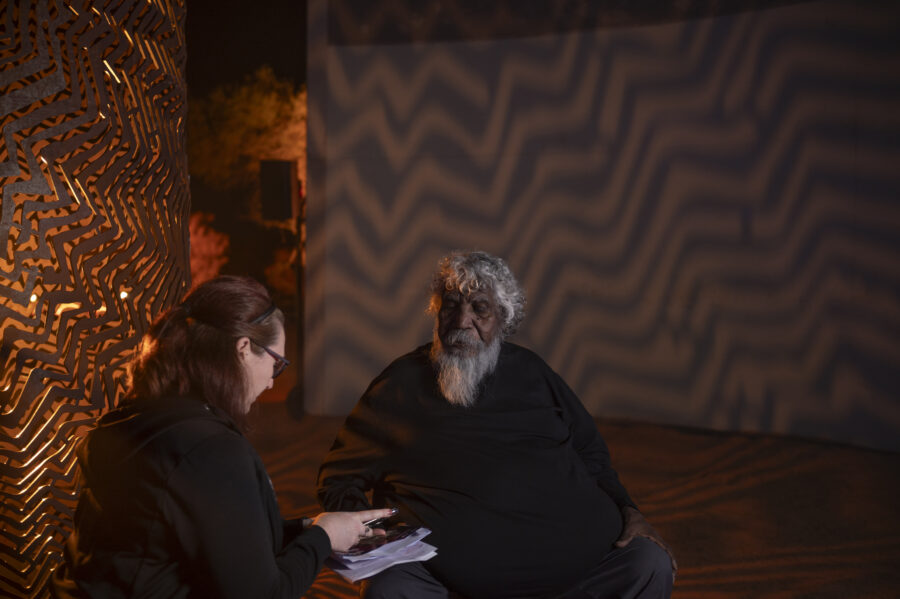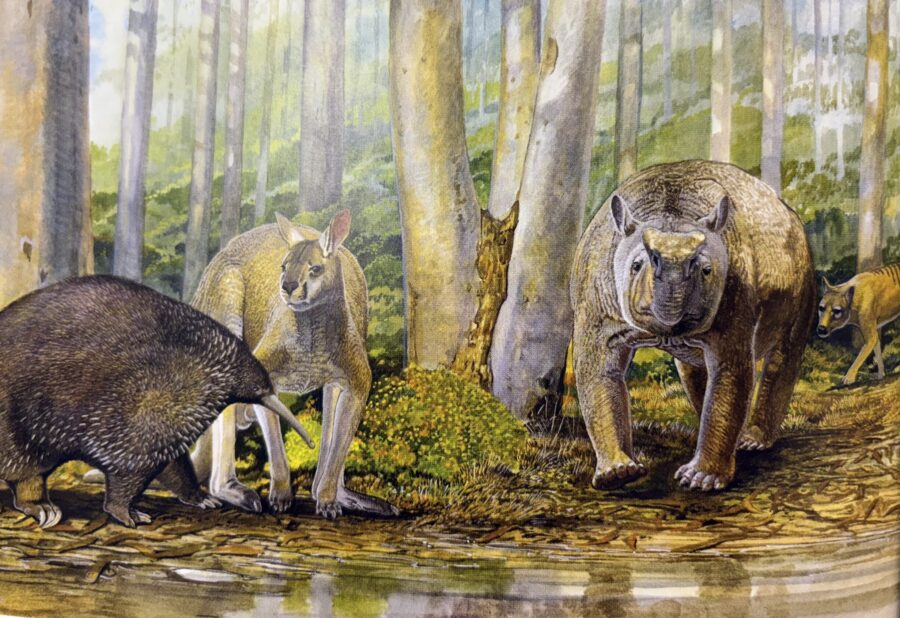The lighthouse keeper’s daughter

IN THE DAYS before some 30,000 soldiers sailed from Australian shores to fight in World War I, many kept their eyes focused on a tiny, rugged island off the West Australian town of Albany. There lived Fay-Catherine Howe, a lighthouse-keeper’s daughter, who became well known among the confined Anzacs.
Adept in the art of signal communications, 15-year-old Fay relayed messages via semaphore flags or Morse code to the troops from their loved ones as the men waited to set sail. She would then send their replies in Morse code via telegraph and undersea cable, back to Albany, where they were transferred from office to office and printed as telegrams.
In doing so, she inadvertently became a cherished symbol of home, the last glimpse of it for many. And although they never met or even spoke to the soldiers, her efforts inspired an untold number of them to write her postcards from the front.
‘The little girl on Breaksea Island’
Just over one hundred years ago, in November 1915, 36 troopships departed Albany’s King George Sound bound for Egypt and Europe. Australia’s first and single-largest convoy carried teens and 20-somethings who had travelled from every corner of the country to amass in Albany, only three months after war was declared.
Leaving by dawn’s gentle glow, the massive fleet – two-thirds Australian and one-third New Zealander – took four hours to clear out of the isolated natural harbour. Many of the newly enlisted men were clutching wildflowers, given to them by locals, as they headed into the Southern Ocean. And although their stories are familiar, that of ‘the little girl on Breaksea Island’ (as Fay became known) and her impact on the Anzacs is not.
“They had no name, just an address,” says 83-year-old Don Watson, Fay’s son and only living child. “They sent beautiful embossed cards. Mum used to keep them in her sideboard drawer. There was a bundle of them; dozens and dozens… On them were stories of the soldiers’ lives, tales from the battlefields. Of course, a lot of them never came back. She must have written back to them. But how many she wrote, I don’t know.”
With the postcards lost after Fay’s death in 1968, Don’s memories of his mother, and her few shared stories of that time, are all that exist now. “All the stuff in the drawer disappeared,” says Don, as he sifts through newspaper clippings, books and maps he’s collected over the years.
Life on Breaksea Island
Fay was born at her parents’ home at the base of Cape Leeuwin lighthouse, in 1899. They moved to Breaksea Island in 1906. Her father was a lighthouse keeper, and when her mother died in 1914, she took on the role of looking after him.
“Life on the island was pretty rugged,” Don says. “If the weather was bad, they had to make do…because the supply boat wouldn’t come until the next month. Mum had a rifle; she used to shoot rabbits and muttonbirds for food. She was known as a crack shot.”
Other than two donkeys, pigs and a dog, there were few companions, which may explain Fay’s enthusiasm for communicating with the Anzacs. Dianne Wolfer, Albany-based author of Lighthouse Girl, looked carefully into Fay’s history.
“There’s only a small gap between Breaksea Island and the mainland,” she says. “The ships would’ve been quite close, perhaps a couple of hundred metres. Who knows, maybe she was up on a cliff with her flags waving or a mirror flashing.”
Dianne argues that Fay – whose birthday fell on 4 August, the day war was declared – would’ve been swept up in the sense of duty and adventure that was rallying the nation.
“It was the first time we went to war as a country, so it would’ve been massive,” she says. “Maybe Fay was a symbol of what the soldiers were out to fight for, of what they were leaving and what they were protecting. And when they were stuck out on their ships they could’ve been signalling to each other all day.”
Dianne says the gathering troops weren’t allowed off the ships, and many put messages into bottles that washed up on Albany’s beaches. “Those soldiers would have been desperate to send their final messages home, and they were asking her to do that,” she says. “It was their last chance to tell their loved ones things.”
A year after the Anzacs departed, Fay became pregnant to James Watson, an assistant lighthouse keeper who had recently moved to the island. Nineteen years her senior, James married Fay and they moved to Perth, where they raised a family of three. Don, their only son, says she didn’t talk much to him about her connection to the troops, but having visited Breaksea for the first time four years ago, he feels a deep sense of pride in her wartime role.
“It was such an emotional thing for me, because I was walking on the ground my mother did 100 years ago,” he says. “It was a feeling of absolute pleasure.”
- Australia’s iconic lighthouses
- On this day: Australia joins WWI
- Lost ANZAC digger portraits uncovered
- Fromelles Diggers laid to rest




